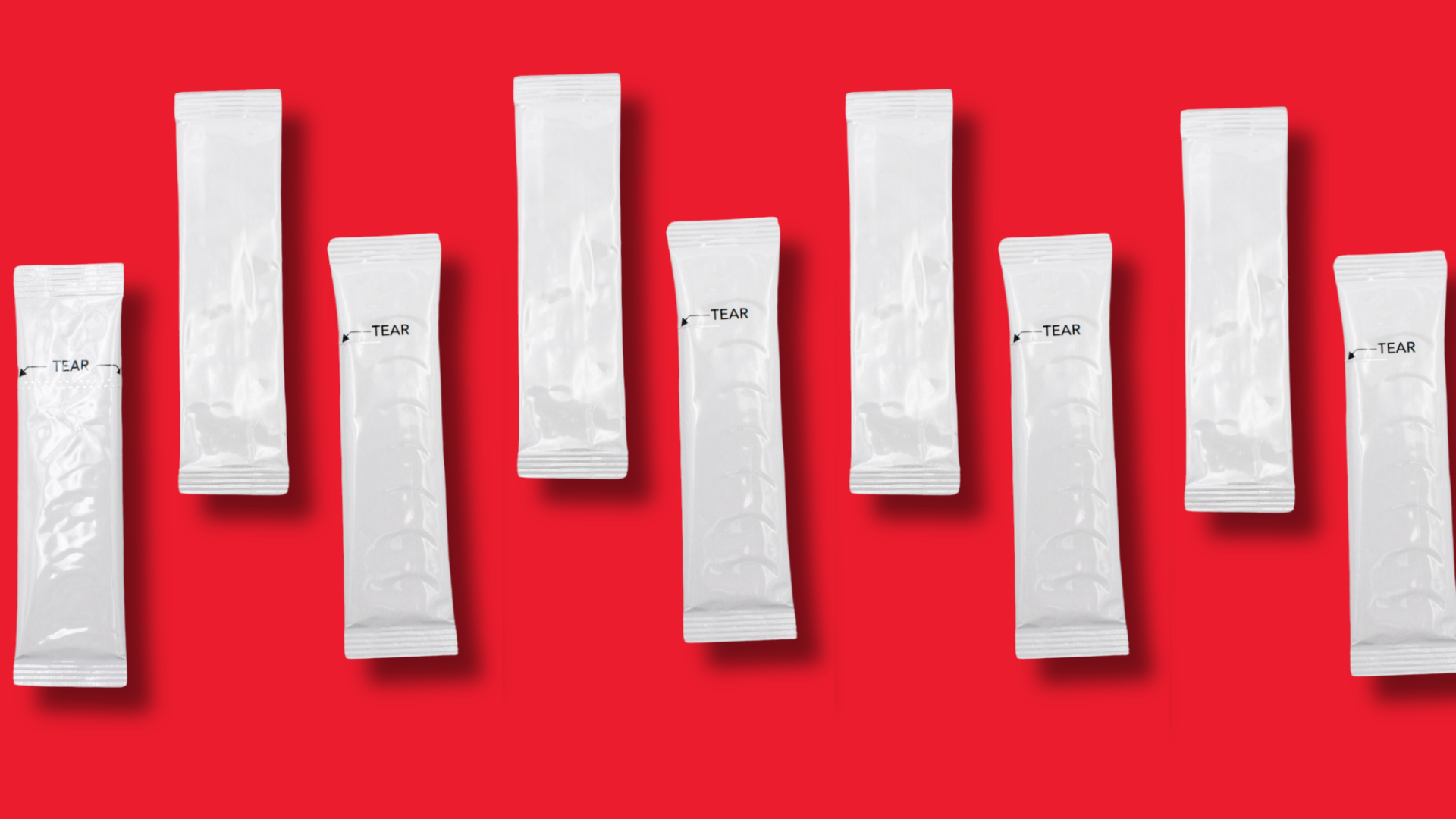Packaging on the Move: Balancing Safety and Convenience for Modern Dosage Forms
In a fast-paced world where convenience often defines consumer expectations, healthcare is no exception. The growing demand for on-the-go pharmaceutical and biologic products has spurred innovation not just in formulation, but also in packaging design. Today’s patients and consumers want safe, discreet, and accessible treatments they can take anytime, anywhere, and packaging must rise to meet that need.
Why On-the-Go Dosage Forms Are on the Rise
Modern lifestyles and an emphasis on personal wellness have driven a surge in portable, user-friendly dosage forms. From orally dissolving tablets and gummies to prefilled auto-injectors and single-dose stick packs, these products empower patients to manage their health independently and conveniently. However, portability comes with added responsibility. Ensuring that these products are not only accessible but also safe, tamper-evident, and properly preserved until the moment of use.
Balancing Safety with Convenience
When developing packaging for portable dosage forms, manufacturers must consider several critical factors:
Tamper Evidence
- Consumers need confidence that their product is secure. Features like induction seals, tear notches, breakable caps, and tamper-evident blister packs offer visible assurance without compromising ease of use.
Child-Resistance
- For products like OTC pain relievers, supplements, or prescription biologics, child-resistant but senior-friendly packaging is vital. Innovations include push-and-turn caps, resealable pouches with child locks, blister packs, and snap-off single-use vials. Standards like ISO 14375:2018 provide guidance and testing procedures for child-resistant, non-resealable pharmaceutical packaging such as stick packs.
Product Stability
- On-the-go formats often face environmental challenges like heat, humidity, light exposure, and physical impact. Barrier films, desiccant sachets, UV-blocking and moisture-resistant materials all help maintain product integrity outside controlled environments.
Examples of On-the-Go Packaging
- Oral Thin Films & Oral Dissolving Tablets: Medication offering discreet, water-free administration.
- Stick Packs: For oral dispersible granules or liquids offering single-dose precision with a tear-open feature.
- Prefilled Auto-Injectors and Pens: Designed for pocket portability for patient-administered injections.
- Unit-of-Use Sachets: Used for single portions of topical creams and swabs.
Conclusion
As healthcare moves beyond the clinic and into the hands of consumers, on-the-go dosage forms and their packaging must deliver on both safety and accessibility. The ideal packaging preserves product integrity, safeguards against misuse, and enables effortless administration, no matter where life takes the patient. Manufacturers who prioritize thoughtful packaging design will not only meet regulatory and market demands but also enhance the daily healthcare experience for millions of people worldwide.

